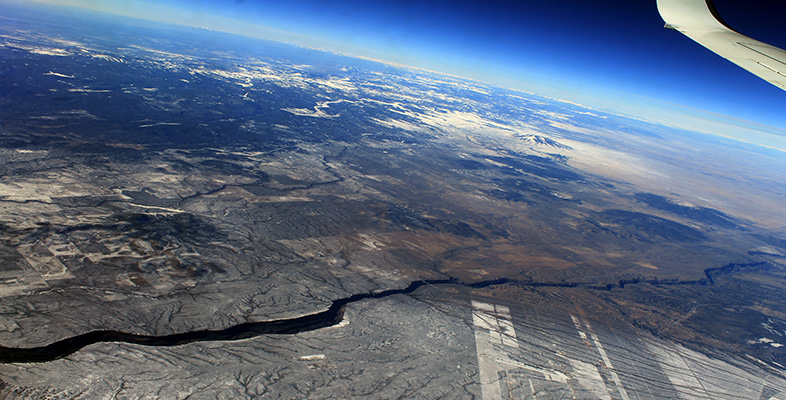1 Earthquakes
1.1 What happens during an earthquake?
The Earth is an active planet, with activity occurring in the oceans, in the atmosphere and in the solid Earth itself. This course looks at a dramatic example of solid Earth activity: earthquakes.
You probably have some idea from newspapers, television or perhaps personal experience, of just how powerful earthquakes can be. In a matter of minutes earthquakes have devastated cities and killed a quarter of a million people. I was in only a medium-sized earthquake in 1978, but even that had the power to throw me out of bed onto the floor and make the building sway from side to side; an awesome experience.
One of the most destructive earthquakes of the 1990s occurred near Kobe, Japan, on 17 January 1995. This killed over 5 000 people, injured 25 000 and made a quarter of a million homeless. It was the most destructive Japanese earthquake since the one that killed 143 000 people in Tokyo in 1923.
Click below to view article from the Guardian on the Kobe earthquake.
City consumed by flames [Tip: hold Ctrl and click a link to open it in a new tab. (Hide tip)]
Activity 1 Using a newspaper report on the Kobe earthquake
The newspaper article reproduced in the above document, reporting the effects of the Kobe earthquake, was published on the front page of the Guardian on 18 January 1995, the day following the earthquake. You may encounter a lot of scientific information in news reports and other articles. Being able to identify the key points in such articles can help you to make sense of the science (and can help you to judge whether they are reliable reports).
This activity will enable you to identify some of the effects due to earthquakes. To do this, print off and read the article and highlight or underline the text that refers to the effects. After you have finished reading the article, make a list of the highlighted effects. You might find it useful to combine similar types of effect under a suitable heading, such as 'effect on buildings' or 'sounds'. For example, you might note 'sounds: deafening, roaring'. Your completed list will be a record of the key observations made by the eyewitness to the Kobe earthquake.
Answer
Your answer should have included some of the following effects. We have grouped some effects together; you may have chosen some other way of organising your notes.
Sounds: deafening, roaring, creaking and rattling.
Ground motion: violent motion; aftershocks.
Effect on buildings: shuddering; shaking, swaying, collapse.
Effect on objects inside buildings: falling, breakage, shaking.
Effect on transport: derailed trains, bent rail tracks, toppled roads.
Fires.
Death.
